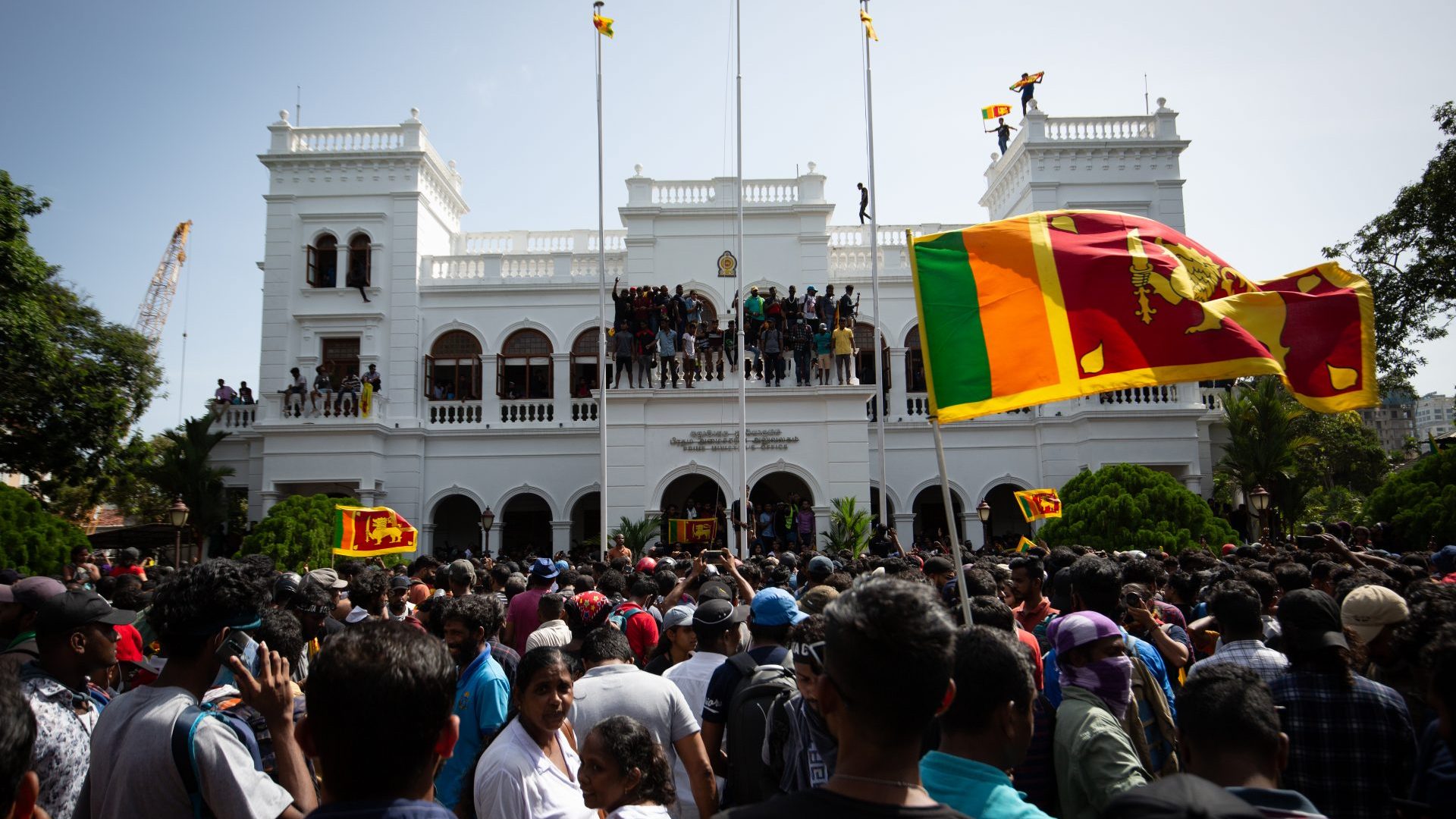There is a debt crisis looming across the global south, and its effects are already catastrophic for the world’s poorest people. Last year the IMF reported that, out of 73 of the world’s lowest-income countries, 55 were in “debt distress” or at high risk of it.
Ghana and Sri Lanka defaulted on their external debts in 2022; Pakistan and Egypt spent much of last year trying to avoid the same fate; Ethiopia defaulted just before Christmas.
To stave off bankruptcy, country after country is being forced to sign up to austerity measures. So the price of avoiding global bond-market panic is the silent collapse of welfare spending across the poorer countries of North Africa and the Middle East, sub-Saharan Africa and parts of Asia.
The demand for austerity is destabilising countries as diverse as Pakistan and Lebanon. And at some point – as with all debt crises – something, somewhere, will break.
The background to the crisis is two long-term trends: China’s use of soft loans to developing countries to fund development programmes that tie them geopolitically to its Belt and Road Initiative, beginning in 2013; and the replacement of bilateral and IMF lending to poor countries with loans from complex, offshore private investment vehicles.
The trigger for the crisis was Covid-19, rapidly followed by the Ukraine war – which led to higher food and energy prices, alongside surging interest rates in the global north. Suddenly, in the world’s poorest countries, everything is massively more expensive.
At the same time, China has scaled back its lending, because it is in the middle of its own, domestic credit crunch. So the 28 countries with the weakest credit ratings have been effectively locked out of the bond markets for more than two years: the interest rates they face are nine times those of other developing countries.
Meanwhile, a second group of countries just above them, who face liquidity problems but can still borrow, has in effect been borrowing from western banks to pay back China.
If all this sounds familiar, it should. In the early 1980s, the deliberate imposition of high interest rates on to G7 economies that were in recession triggered a catastrophic debt crisis in the global south. As countries went bankrupt, the IMF and World Bank imposed stringent austerity measures on them, forcing currency devaluations and the collapse of living standards. It is entirely possible that we’re going to see a repeat of this crisis, only this time with added geopolitical dimensions.
In previous crises, the international financial institutions were able to oversee relatively orderly defaults, through a well-developed system of negotiation and consensus. This time round, the new players – the Cayman Islands funds and China – are at odds with each other. The former are going direct to the courts to get their money back, while China is leaning on friendly governments’ own repayments higher up the queue.
With bad blood in the bond market, the victims, as always, are the already poor. In Sri Lanka, for example, in return for just $3bn, the IMF last year imposed conditions that led to a 165% increase in electricity prices in the nine months to February 2023. The government was forced to almost double the rate of VAT. GDP collapsed by 7.8% and real wages fell by between 30% and 50%.
In Lebanon, meanwhile, the currency has lost 98% of its value, triggering 278% inflation and leaving 80% of the population in poverty. Medicine shortages, refugee flows and the simmering problem of Hezbollah’s conflict with Israel have made life chaotic for the country’s poorest, with many now reliant on remittances from family members living abroad.
This time around, the map of debt-stricken countries correlates closely to the map of countries at risk of state failure: Lebanon has been unable to form a stable government. Pakistan’s elections were mired in vote rigging against Imran Khan’s opposition party. Sri Lanka’s corrupt former government was ousted by a millions-strong popular revolt.
And this time around the chaos has to be seen not just as a failure of western stewardship, but of China’s much-hyped project of a “multipolar world”. All the container ports, naval bases and roads China built across the global south came at the cost of the same demand such countries were used to hearing from the west: pay us first.
So there are two prospects facing the 30-odd most at-risk countries: deeper austerity or default. The reason this crisis typically fails to make the headlines is that western banks and governments feel relatively immune to it. It is China and the offshore shadow banks who will take the financial pain, is the calculation.
But offshore shadow banks have a habit of turning into unexploded bombs when the inevitable pass-the-parcel game takes place to allocate the losses. Just as in 2008, we won’t know how bad it is until it happens.
And even if western countries avoid a financial hit, they face the geopolitical blowback in terms of refugee flows, and the kind of state failure into which terrorist groups and warlordism can insert themselves.
Ironically the crisis comes at a time when global south countries have found a new, and more united voice in world politics – resisting western demands to isolate Russia over Ukraine and spearheading the International Court of Justice case against Israel’s conduct in Gaza.
What is remarkable is how disunited, and indeed determinedly neoliberal, the global south elites have been when faced with the prospect of their own bankruptcy. There have been no Argentine-style defaults; no Greek-style defiance. All the pain has been imposed on their own people.
So the ultimate question is: how long will the poorest of the poorest countries put up with it?




